Image above: ©Jean-Pierre Sudre, 6674: Matériographie, c. 1965-1970 / Courtesy of Gitterman Gallery / Copyright Estate of Jean-Pierre Sudre
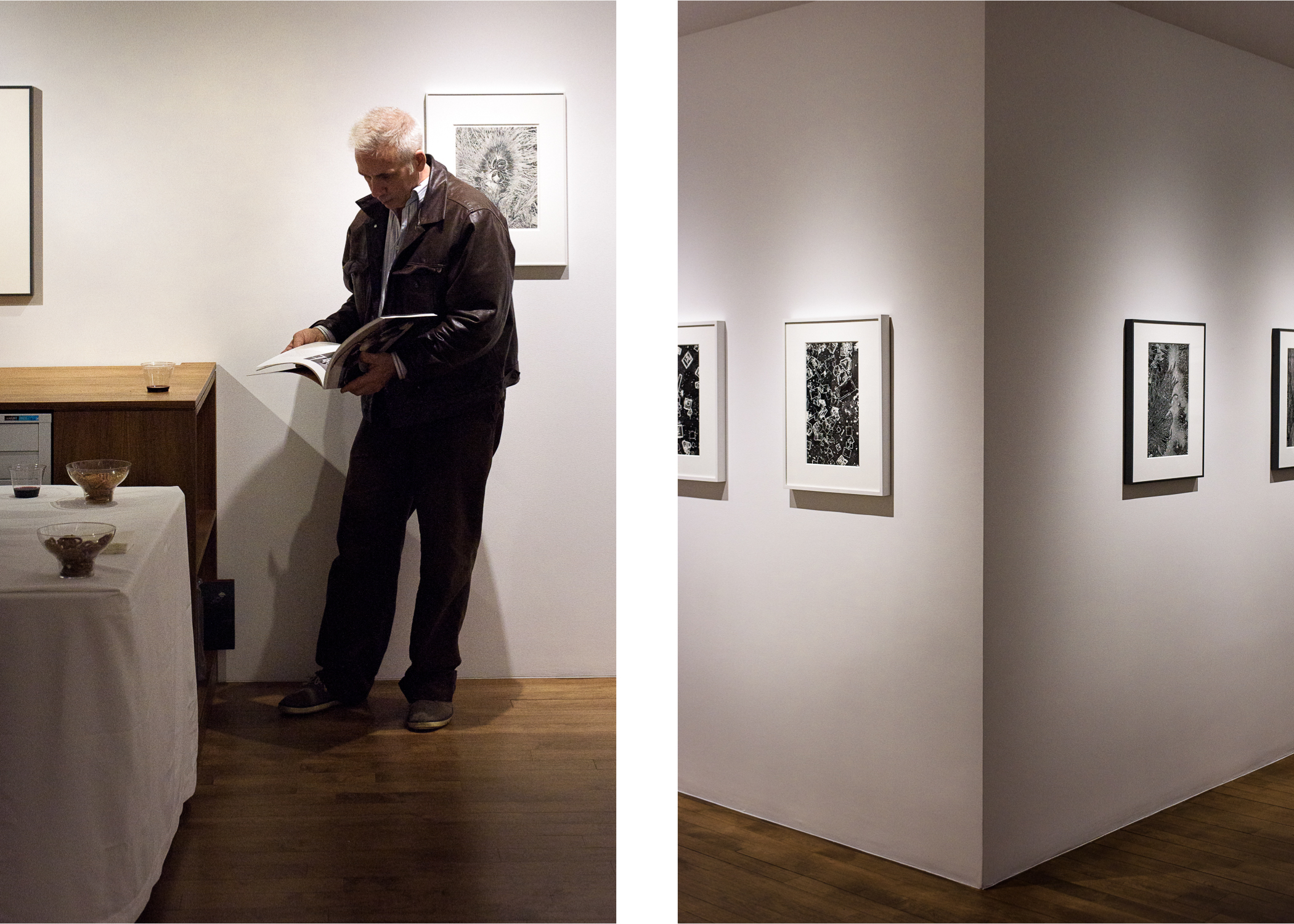 Image above: ©Fernando Sandoval
Image above: ©Fernando Sandoval
Gitterman Gallery is proud to exhibit vintage photographic work from the 1950s-1970s byJean-Pierre Sudre (1921–1997). The exhibition opens Wednesday, February 3rd from 6 to 8 p.m. and runs through Saturday, March 26th.
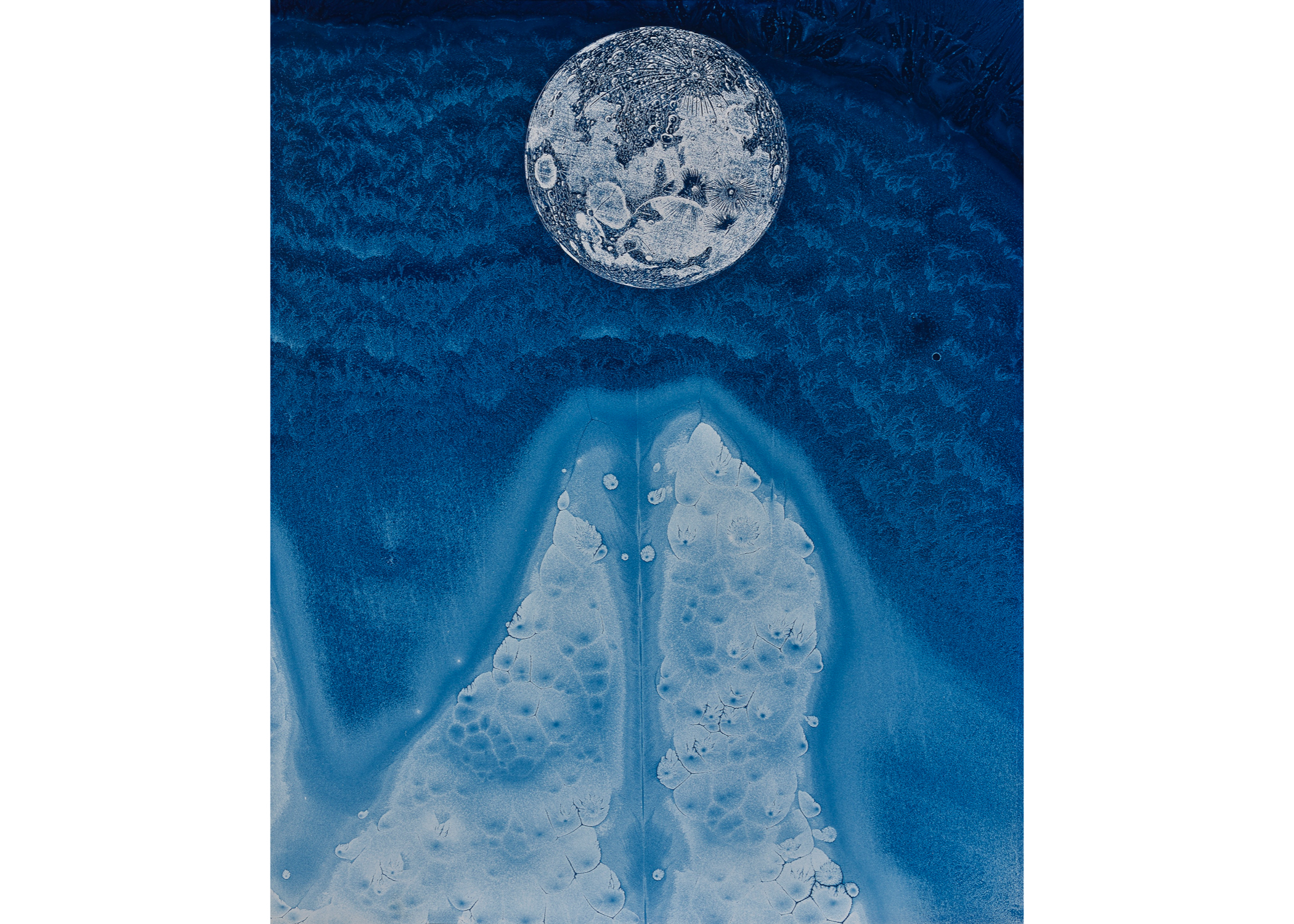 Image above: ©Jean-Pierre Sudre, 6668: Imaginary Planetary No. 4, Lacoste, 1992 / Courtesy of Gitterman Gallery / Copyright Estate of Jean-Pierre Sudre
Image above: ©Jean-Pierre Sudre, 6668: Imaginary Planetary No. 4, Lacoste, 1992 / Courtesy of Gitterman Gallery / Copyright Estate of Jean-Pierre Sudre
A masterful technician in the darkroom, Jean-Pierre Sudre employed and created innovative techniques that amplified the abstract and suggested both spiritual and metaphysical concerns. Enamored by the wonders of nature and the possibilities of photography, his investigation began in the early 1950s photographing the dense forest floor. These photographs emphasize the infinite textures and patterns of nature.
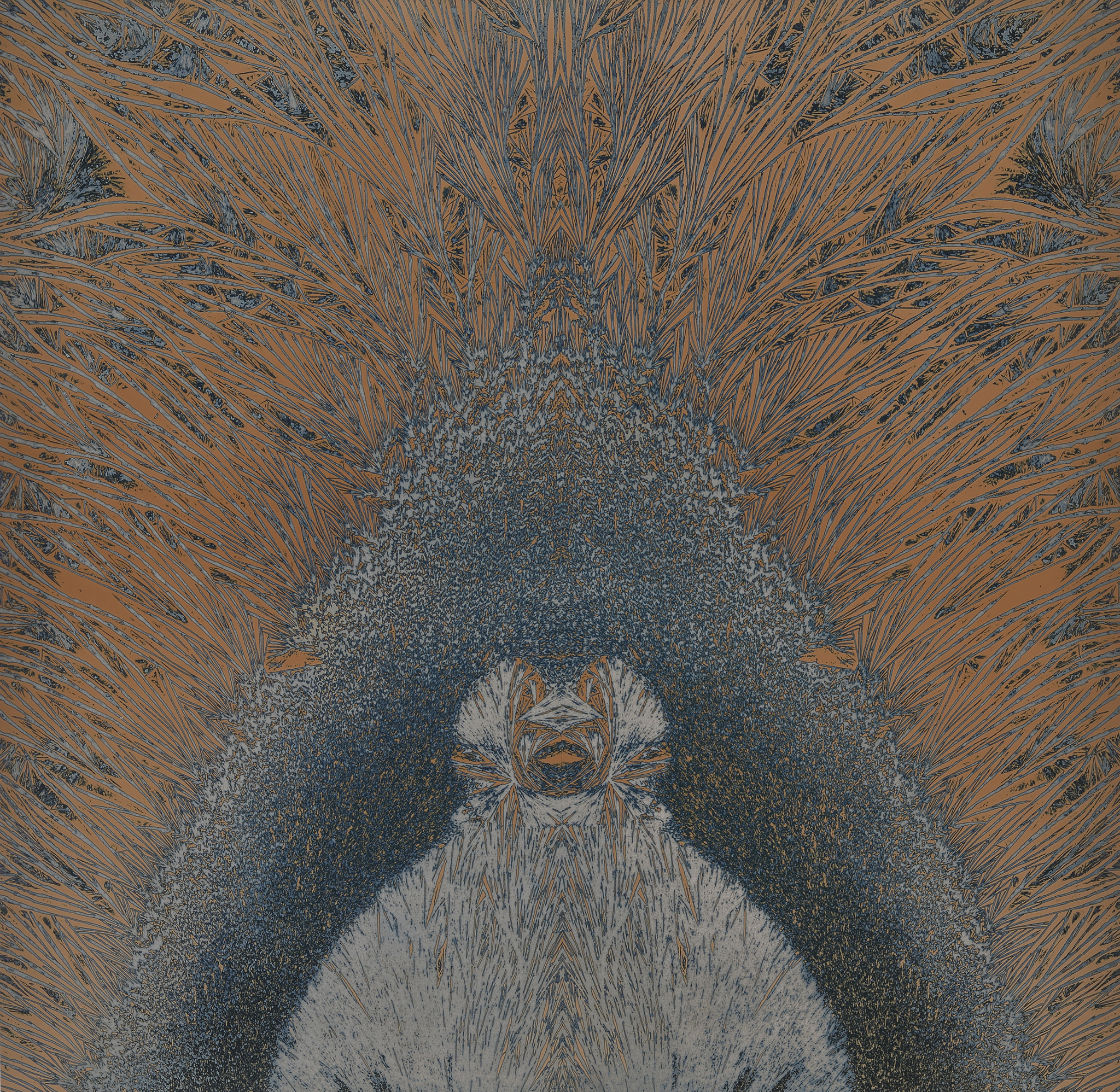 Image above: ©Jean-Pierre Sudre, 6660: Apocalypse, 1969 / Courtesy of Gitterman Gallery / Copyright Estate of Jean-Pierre Sudre
Image above: ©Jean-Pierre Sudre, 6660: Apocalypse, 1969 / Courtesy of Gitterman Gallery / Copyright Estate of Jean-Pierre Sudre
In the 1960s he took his explorations of nature toward the micro, creating crystals on glass plates that he would use as "negatives." Sudre employed the Mordançage technique on many of these prints. He invented the Mordançage technique based on a late nineteenth century process known as etch-bleach. Mordançage utilizes bleach and acid to render an etching like effect on a previously developed photographic paper. Sudre was able to introduce color with chemical toners and also by letting the developer oxidize. His dynamic and expressive use of color became an integral part of his work. By the 1970s Sudre had begun to emphasize specific symbolism in his work by combining cliché verre images with photograms and even found illustrations.
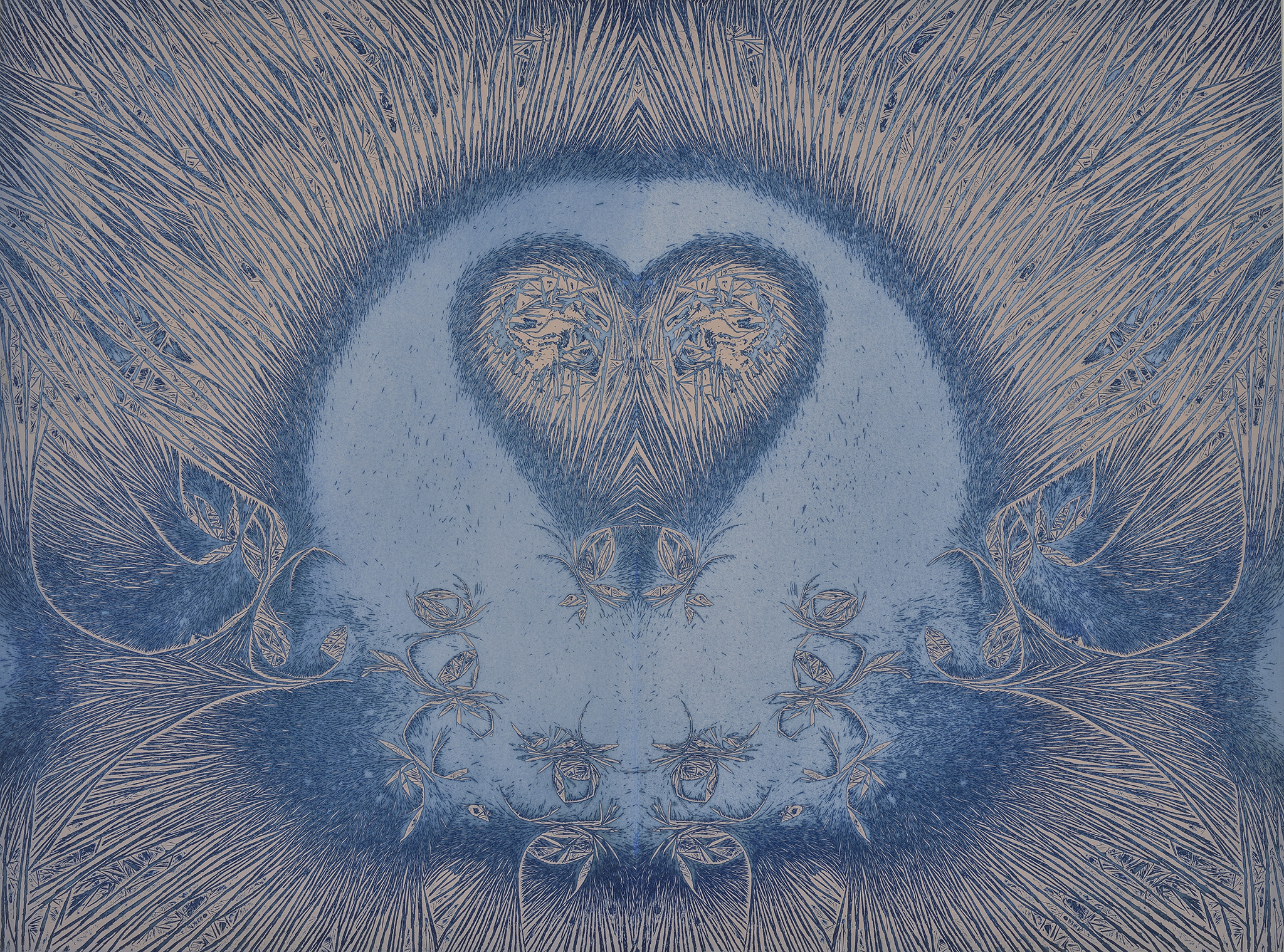 Image above: ©Jean-Pierre Sudre, 6656: Apocalypse, 1969 / Courtesy of Gitterman Gallery / Copyright Estate of Jean-Pierre Sudre
Image above: ©Jean-Pierre Sudre, 6656: Apocalypse, 1969 / Courtesy of Gitterman Gallery / Copyright Estate of Jean-Pierre Sudre
Jean-Pierre Sudre was born in Paris in 1921. He studied at l’Ecole Nationale de Photographie et de Cinématographie and at l’Institut des Hautes Études Cinématographiques. Due to the limited opportunities in cinema, Sudre decided to become a professional photographer. Growing up, his family owned a property surrounded by woods; it was there that he became entranced by nature. In addition to his commitment to his own work, Sudre was an influential teacher in both traditional and experimental photography. He created the photographic department at the School of Graphic Art in Paris. In 1974 Sudre and his wife Claudine, a fine photographer and printer in her own right, moved to Lacoste and opened a research center, later named the Association for Professional Training and Research in Photography, where photographers would spend nine months immersed in photography.
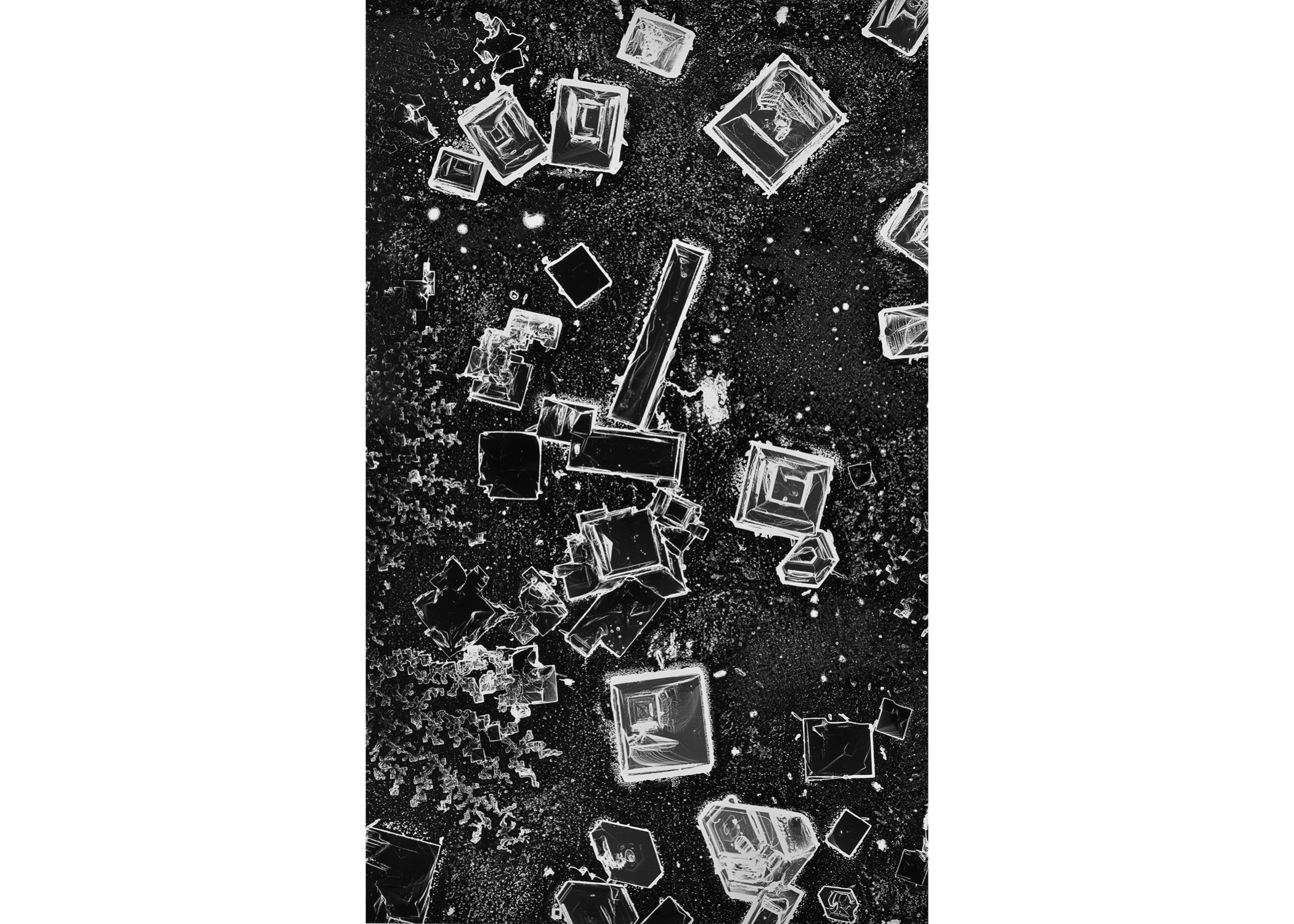
Image above: ©Jean-Pierre Sudre, 6643: Apocalypse, Révélation, 1967 / Courtesy of Gitterman Gallery / Copyright Estate of Jean-Pierre Sudre
During his lifetime Sudre's work was exhibited throughout Europe, including the Musee d'Art Moderne in Paris and the Palais de Beaux Arts in Brussels. He was featured in the Museum of Modern Art's exhibition A European Experiment in 1967 along with Denis Brihat andPierre Cordier, an exhibition emphasizing color and texture and the physicality of photo-based work. Sudre’s work is represented in international institutional collections, including The Gernsheim Collection, University of Texas, Austin; Museum of Modern Art, New York; and Princeton University Art Museum.
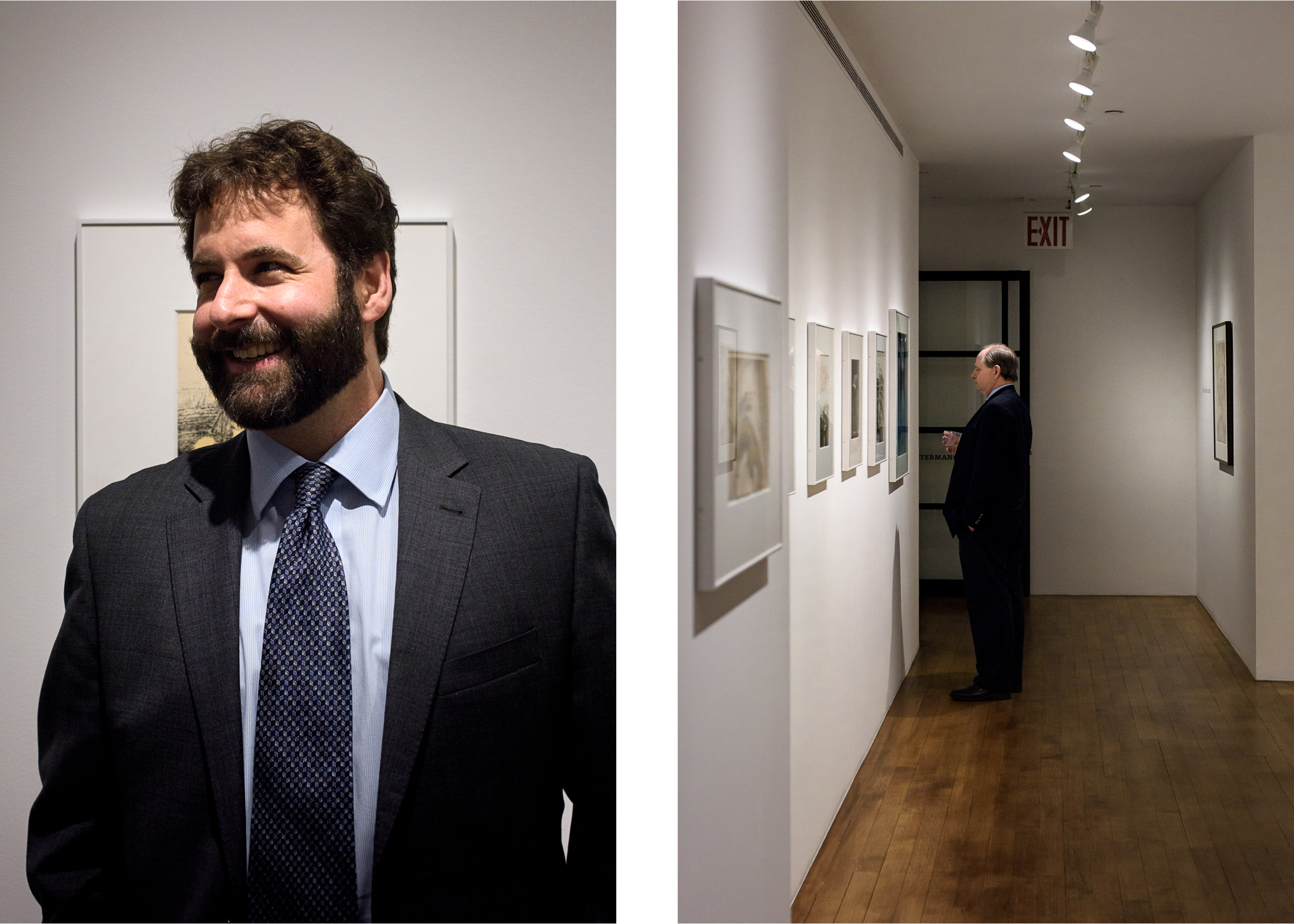
Image above: ©Fernando Sandoval


